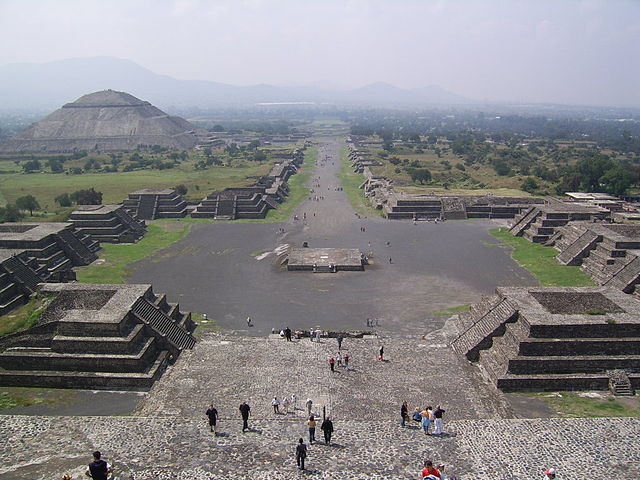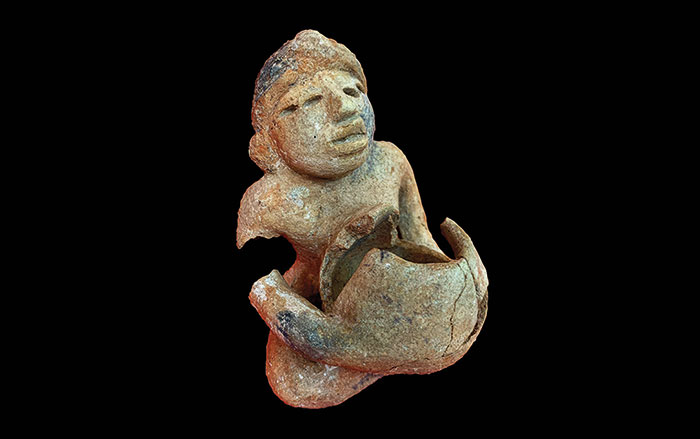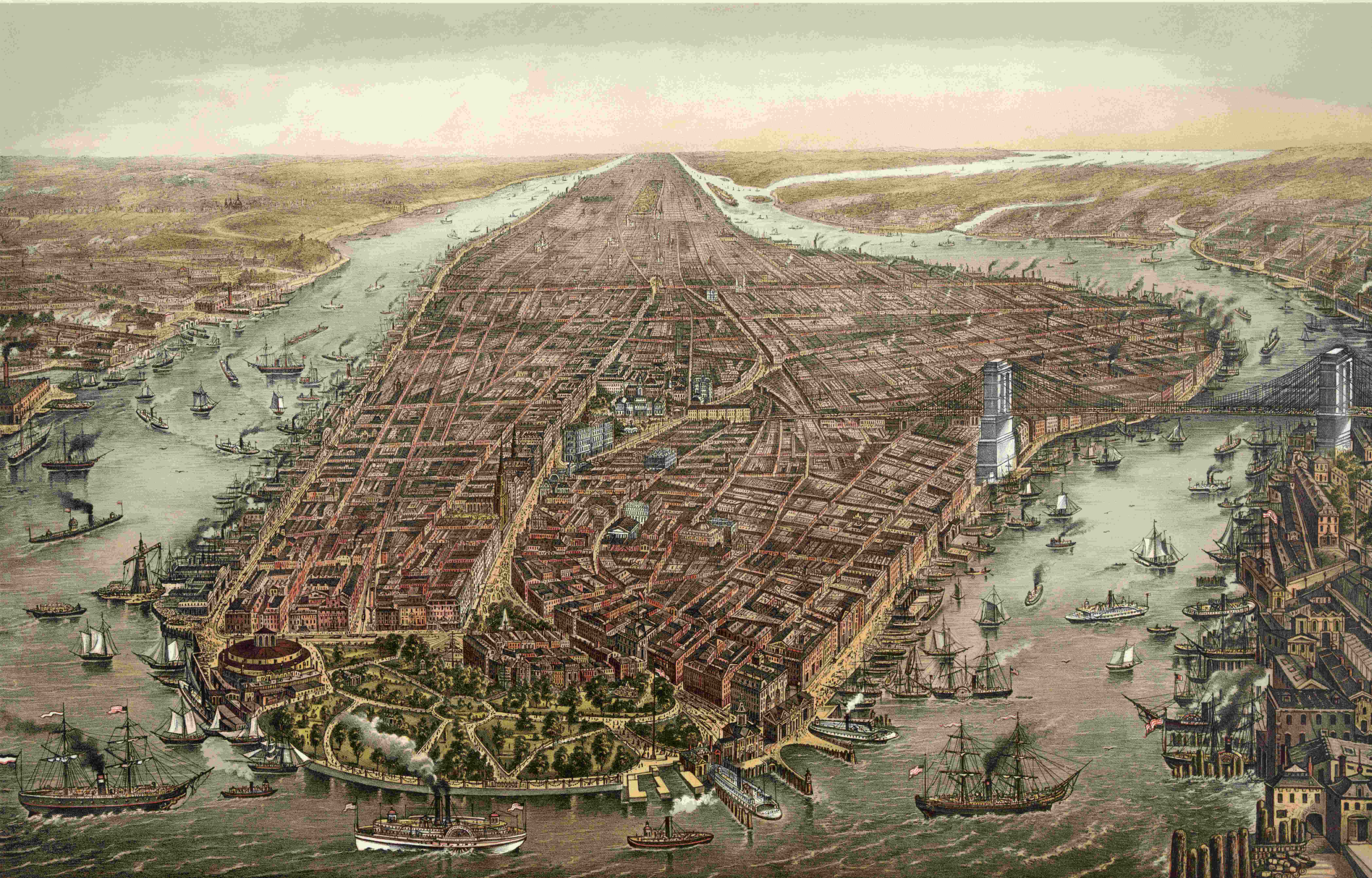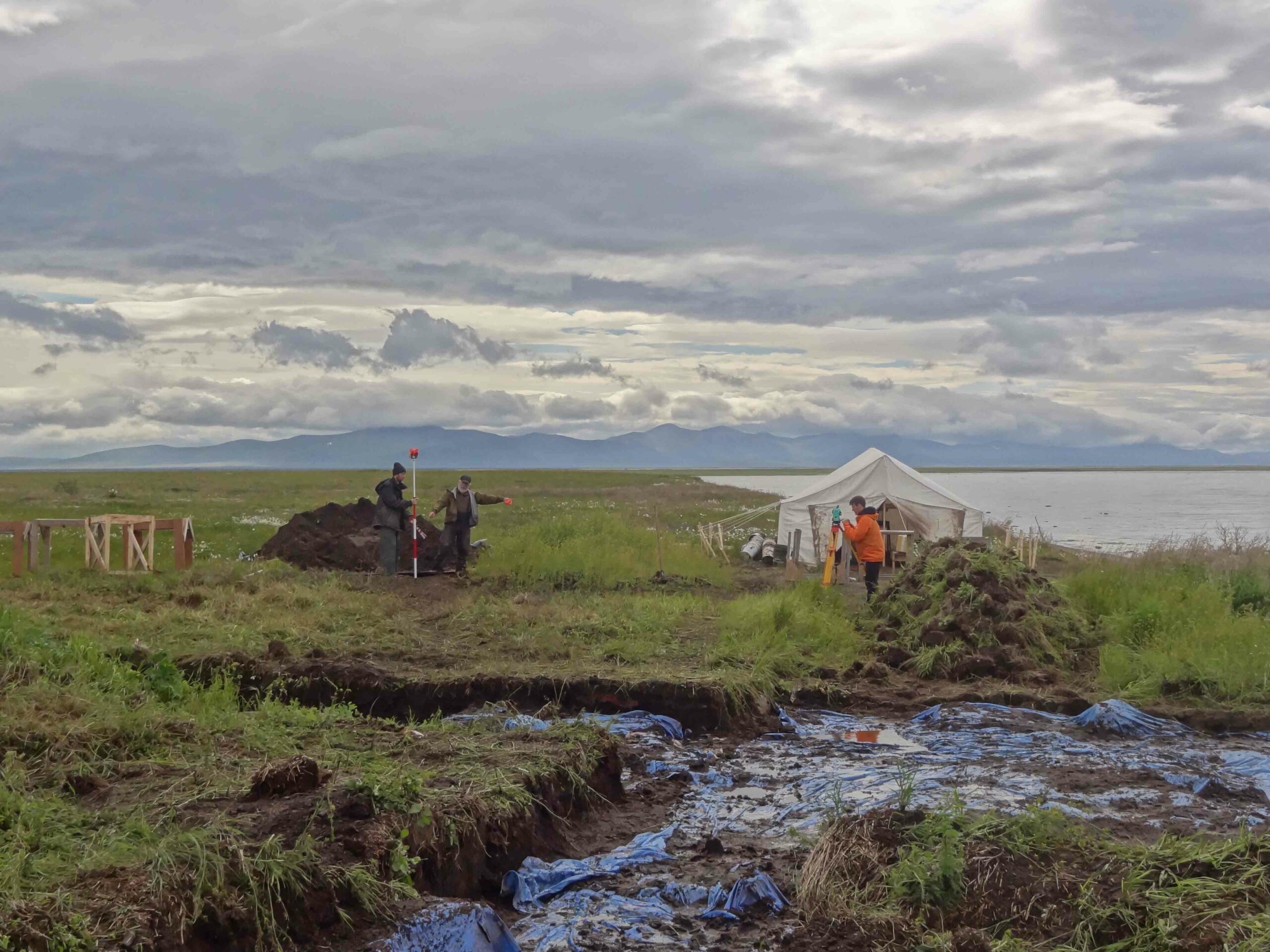
COLLEGE PARK, PENNSYLVANIA—Climate volatility influenced the rise and fall of agrarian states in Mexico and Peru, according to a new study led by environmental archaeologist Douglas Kennett of Penn State University. He and climatologist and statistician Norbert Marwan of Germany’s Potsdam Institute for Climate Impact Research gathered information on the climate over a period of 2,000 years in central Mexico from a stalagmite from Juxtlahuaca Cave. The Quelccaya ice cap in the Peruvian Andes also provided information on annual changes in rainfall and temperatures for 1,800 years. They then compared the climate information with archaeological records on the rise and fall of Teotihuacán, the Toltec Empire, and the Aztec Empire. They found that the states grew during periods of stable rainfall, and declined during volatile climate conditions. “While there is some support for the hypothesis that stable climatic conditions favored political centralization and that unstable climatic conditions contributed to sociopolitical instability and decentralization, additional chronological work is needed,” Kennett said in a press release. To read about the impact of climate change on ancient mummies, go to "Saving Chile's Chinchorro Mummies."











